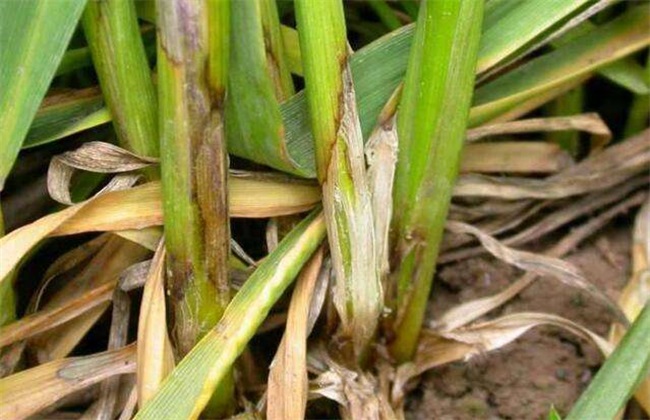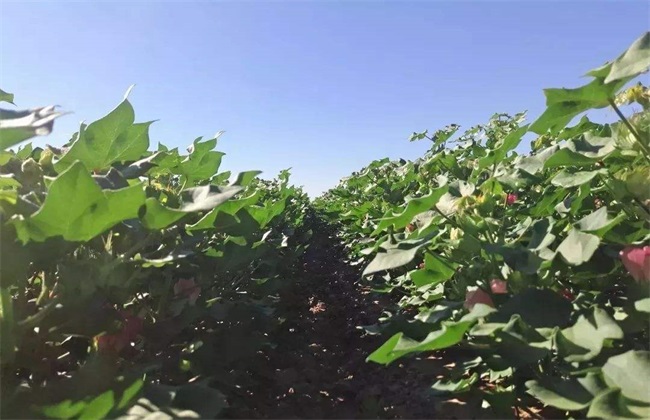Control measures of wheat scab
Wheat scab, also known as wheat ear withered, rotten wheat head, red wheat head, can cause seedling withered, ear rot, stem base rot and stalk rot, from seedlings to adult plants can suffer, the most serious is ear rot. So what are the symptoms of scab attack? How to prevent it? Let's get to know each other.

I. Symptoms
1, seedling dry
It is caused by the infection of germs in seeds, soil or sick bodies. First, the buds turn brown, then the root cap decays, causing the seedlings to be yellow and wet in light cases, death in heavy cases, and pink mold in dead seedlings when humidity is relatively high.
2. Ear rot
When wheat blossoms, water-soaked brown spots are produced on the ears and gradually spread to the whole ear, resulting in yellow spikelets. Pink colloidal mold layers are produced when humidity is high. In the later stage, there will be small blue-black particles in the area, which can not be erased when touched by hand, and will also extend to the ear axis, so that the ears above the disease form withered white ears.
3. Root rot
The disease can occur only when the seedlings are mature, and the base of the stem will turn brown and rot until the whole plant dies.
4. Stem rot
Generally occurs in 1-2 nodes under the ear, early in the leaf sheath appears water-like chlorotic spots, or gradually expanded into light brown or reddish brown irregular spots, serious disease, will cause the disease part above the yellow, sometimes can not timely heading or pull out yellow ears, in the wet disease part appears pink mold layer.
II. Prevention and control measures
1. Select varieties with strong disease resistance
Although there are no immune varieties at present, there are some disease-resistant varieties, and growers can choose locally suitable varieties according to local conditions.
2. Agricultural control
Reasonable irrigation and drainage should be carried out. Wetlands should be ditched and drained. After harvest, fields should be cleaned in time to reduce bacteria source, timely sowing should be carried out to avoid rain in flowering period, rational fertilization should be promoted, compost made by enzyme bacteria should be promoted, formula fertilization technology should be adopted, and partial application of nitrogen fertilizer should be avoided to improve plant disease resistance.
3. Chemical control
Seed dressing with pesticide before sowing, spraying carbendazim or metalaxyl every 5-7 times in flowering stage, or spraying chlorpyrifos, pirimicarb, pirimicarb and potassium dihydrogen phosphate solution in late stage, the control effect is better.
The above is the introduction of wheat scab control measures, I hope to help you, want to know more about the relevant knowledge, please pay attention to us.
Related
- The first cup of black tea in spring, the flavor and history of tea gardens in Kenya, Africa
- The computer can not only choose potatoes, but also grow tea rice. AI will grow winter oolong tea champion.
- It is not only the inflated tea bitten by insects, but also engraved with the four seasons tea in Beipu.
- The Oriental Beauty Tea Festival in Zhuxian County takes the stage at the weekend to experience the plus-size feast of oil tea.
- & quot; Oriental Beauty Tea & Exploration of Emei in Hsinchu, the hometown of quot;
- The new variety of strawberry "Tainong 1" dessert is the first choice with mellow aroma. Crimson gorgeous
- History of Tea in Taiwan: from Wild Inner Mountain to Export Tea Garden
- Two types of Taiwan Oriental Beauty Black Tea won the British three-Star Award for Childhood Tea Xiang Zhang Jiaqi changed from pilot to champion tea maker.
- Banana species and varieties: the planting history of Taiwan Xianren banana and dwarf banana is long, is banana disease resistant?
- Coffee planting Technology: Qianjie Coffee from Seedling to harvesting



